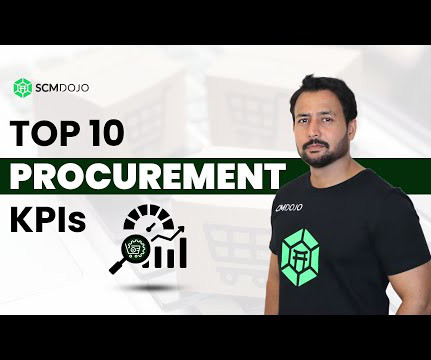Here’s a comprehensive list of the top 100 skills that a Procurement Manager should master
Procurement Templates
NOVEMBER 21, 2024
Mastering these skills not only optimizes procurement processes but also positions managers as strategic business partners. Analyze Total Cost of Ownership (TCO): Incorporate factors like lifecycle costs, maintenance, and disposal into purchasing decisions. SAP, Oracle) Procurement software (e.g.,













Let's personalize your content